Last year, California Governor Gavin Newsom signed into law a landmark increase in the state’s minimum wage for fast-food workers. The law, which raised wages from $15.50 to $20 per hour, was hailed by labor activists as a significant step toward improving working conditions and addressing wage disparities. However, the decision was met with skepticism from some economists and members of the fast-food industry, who warned that the wage hike could lead to increased operating costs, reduced worker hours, and potential job losses.

Contrary to these concerns, recent employment data from both state and federal sources paint a different picture. Since the wage increase officially took effect in April 2024, California’s fast-food industry has experienced consistent job growth, adding 11,000 new positions in just four months. This upward trend in employment has been observed every month this year, demonstrating the resilience and growth of the industry even amidst rising labor costs.
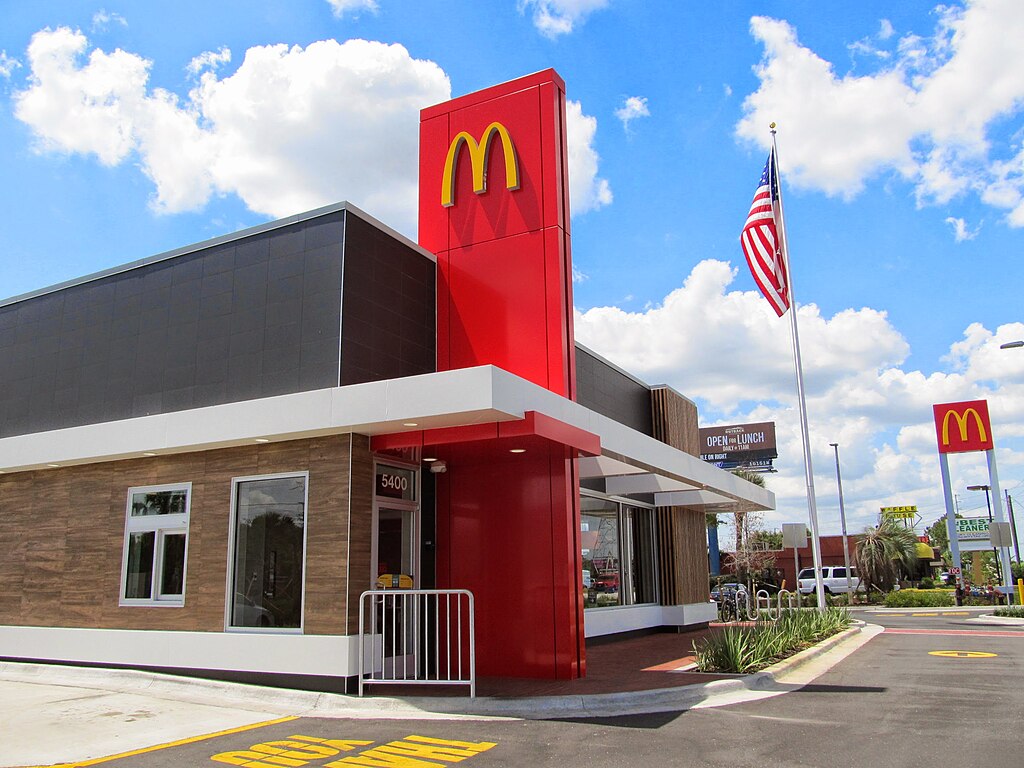
For instance, in May 2023, the number of fast-food workers in California stood at 742,600. A year later, that number increased to 743,300, reflecting the industry’s ability to not only maintain but also expand its workforce. By July 2024, the state had a record 750,500 fast-food jobs, marking the highest number of such positions in California’s history.

Governor Newsom recently highlighted these achievements in a statement, emphasizing the benefits of the wage hike for both workers and businesses. “What’s good for workers is good for business, and as California’s fast food industry continues booming every single month, our workers are finally getting the pay they deserve,” Newsom said. He also addressed the initial fears surrounding the wage increase, noting that the state’s economy and workers have proven doubters wrong by thriving in this new environment.

The data from the Bureau of Labor Statistics (BLS) supports this positive outlook. A month-by-month breakdown shows a clear pattern of job growth in the fast-food sector:
- January 2024: 724,900 jobs (up from 715,000 in January 2023)
- February 2024: 732,700 jobs (up from 725,100 in February 2023)
- March 2024: 735,000 jobs (up from 730,900 in March 2023)
- April 2024: 739,500 jobs (up from 734,400 in April 2023)
- May 2024: 743,300 jobs (up from 742,600 in May 2023)
- June 2024: 744,700 jobs (slightly down from 745,800 in June 2023)
- July 2024: 750,500 jobs (up from 746,700 in July 2023)
These figures reflect a robust and expanding industry, defying predictions of a negative impact from the wage hike.
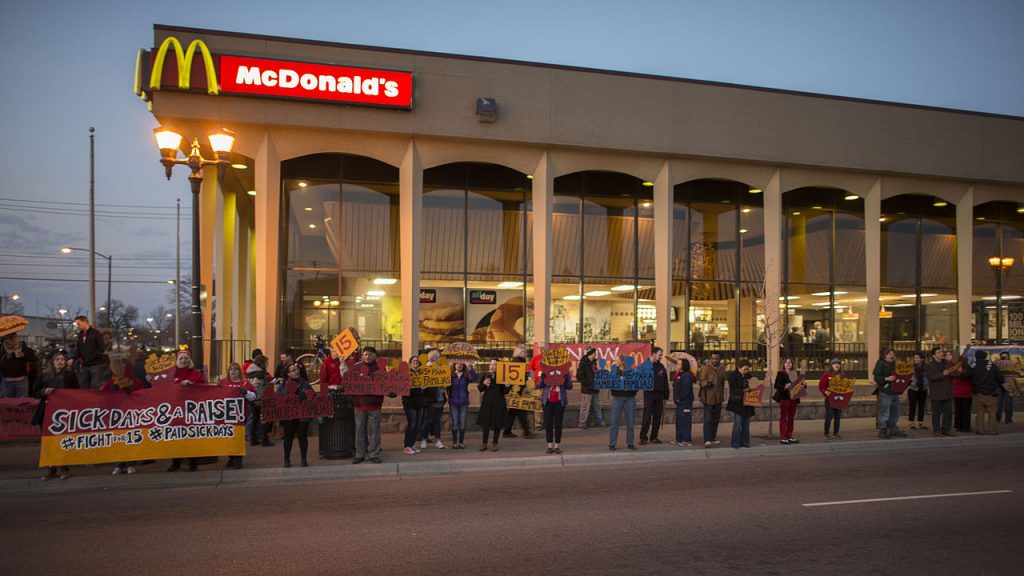
In addition to raising wages, the legislation also established a Fast Food Council, giving workers a greater voice in setting wages, working conditions, and health and safety standards. This council is seen as a critical component of ensuring that the wage increase translates into tangible improvements in the quality of life for fast-food workers.
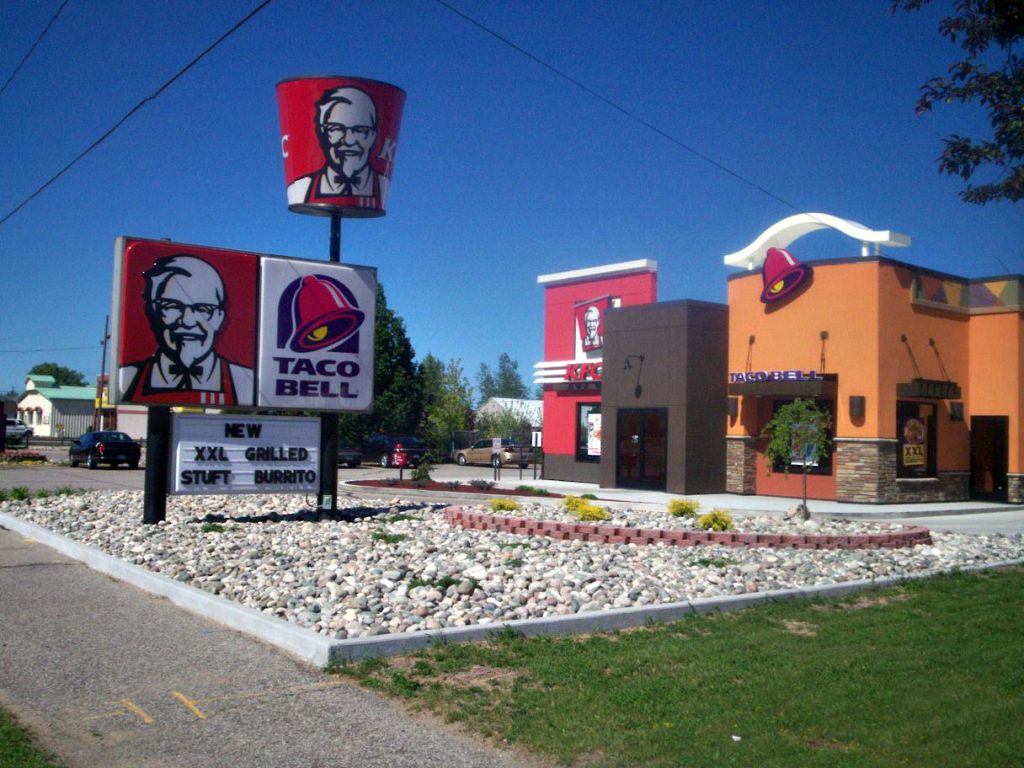
The success of California’s minimum wage hike challenges the narrative that higher wages necessarily lead to negative economic outcomes. Instead, it demonstrates that fair wages can coexist with a thriving industry, benefiting both workers and businesses.
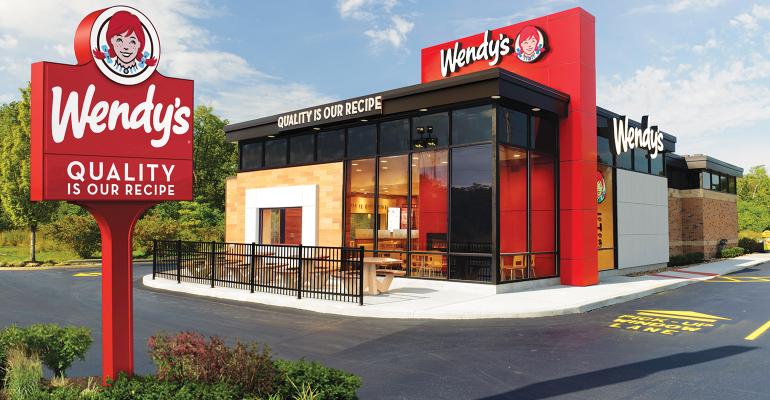
As California continues to add fast-food jobs at a record pace, it serves as a model for other states considering similar measures to improve worker pay and conditions.
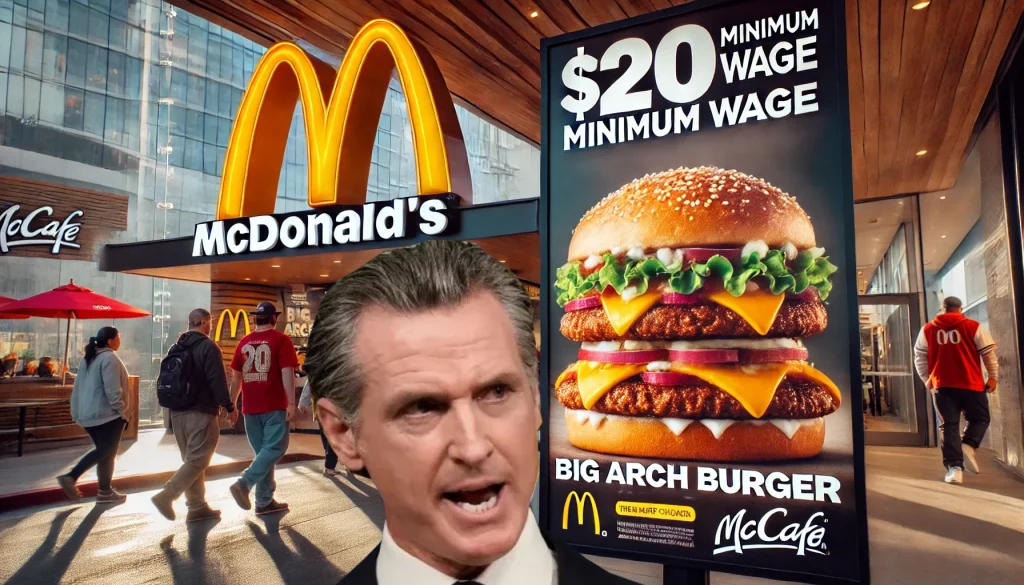
Governor Newsom’s initiative is proving that when workers are valued and compensated fairly, the entire economy can benefit, fostering a more equitable and prosperous future for all.
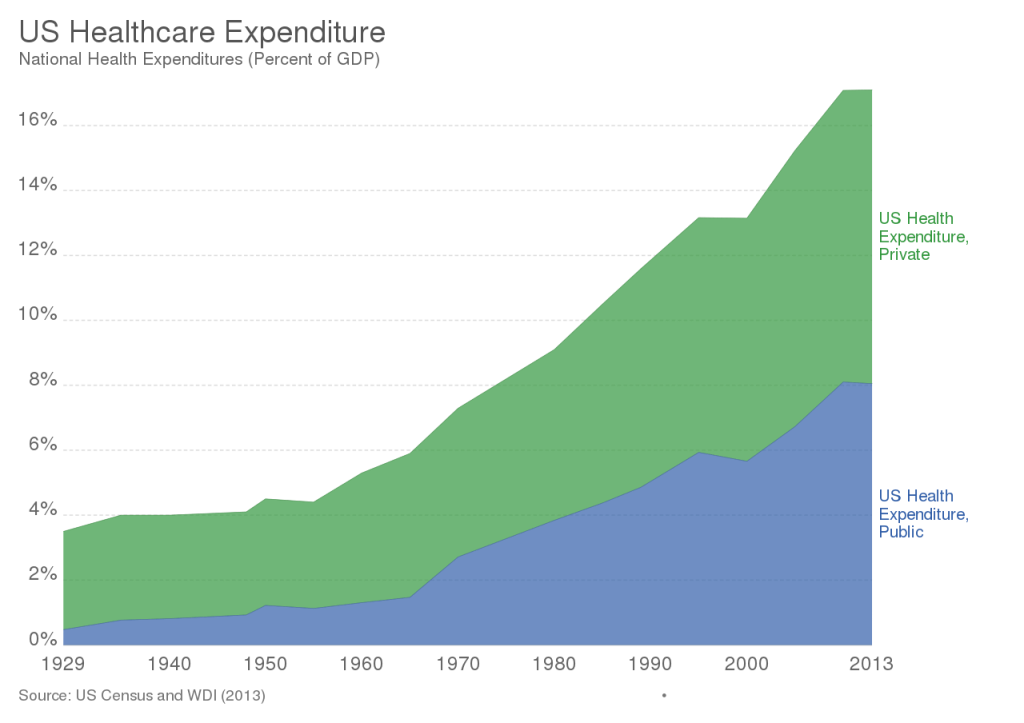
Critics will still argue that fast food prices have risen as a result of the legislation, but if people eat less unhealthy fast food isn’t that a win-win too? More people eating healthy will lead to lower health care costs for everyone, perhaps not an intended outcome from the minimum wage hike but a good one none the less.





